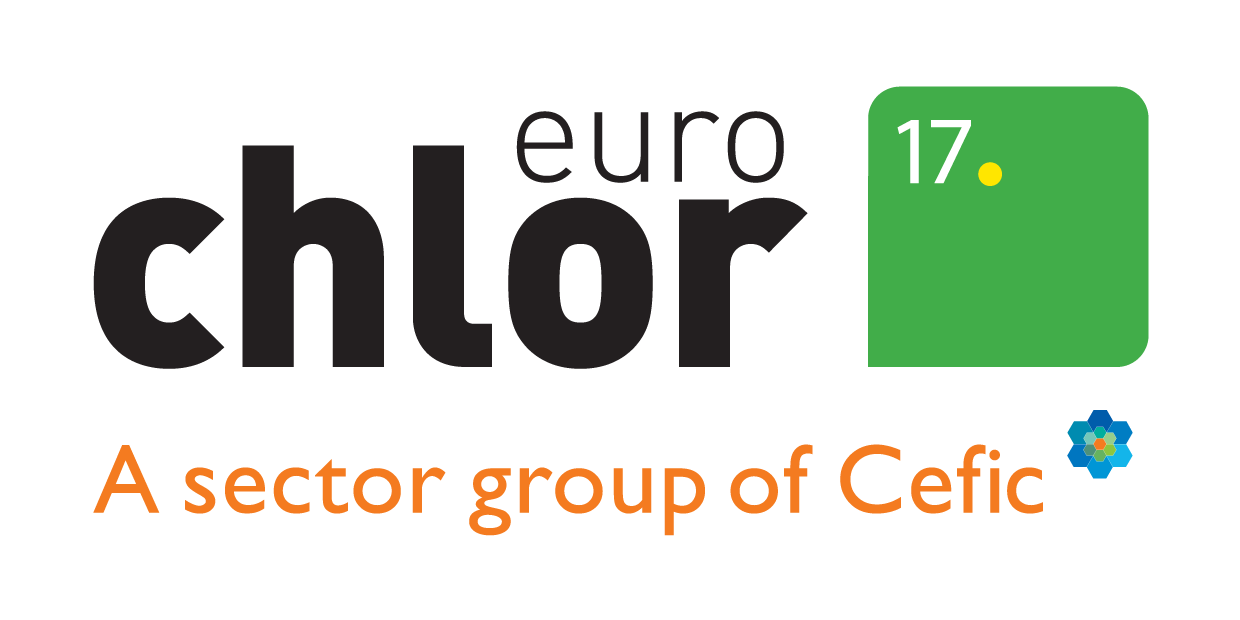Mercury cell process
In the mercury cell process, sodium forms an amalgam (a ‘mixture’ of two metals) with the mercury at the cathode. This amalgam reacts with the water in a separate reactor called a decomposer where hydrogen gas and caustic soda solution at 50% are produced.
As the brine is usually re-circulated, solid salt is required to maintain the saturation of the salt water. The brine is first de-chlorinated and then purified by a precipitation-filtration process. The products are extremely pure. The chlorine, along with a little oxygen, generally can be used without further purification.
Of the three processes, the mercury process uses the most electricity, but no steam is required to concentrate the caustic solution. The use of mercury demands measures to prevent environmental contamination. Also, mercury must be removed from the hydrogen gas and caustic soda solution.
Today, the use of mercury-based chlor-alkali production has been phased out and this technology is no longer used in Europe.
